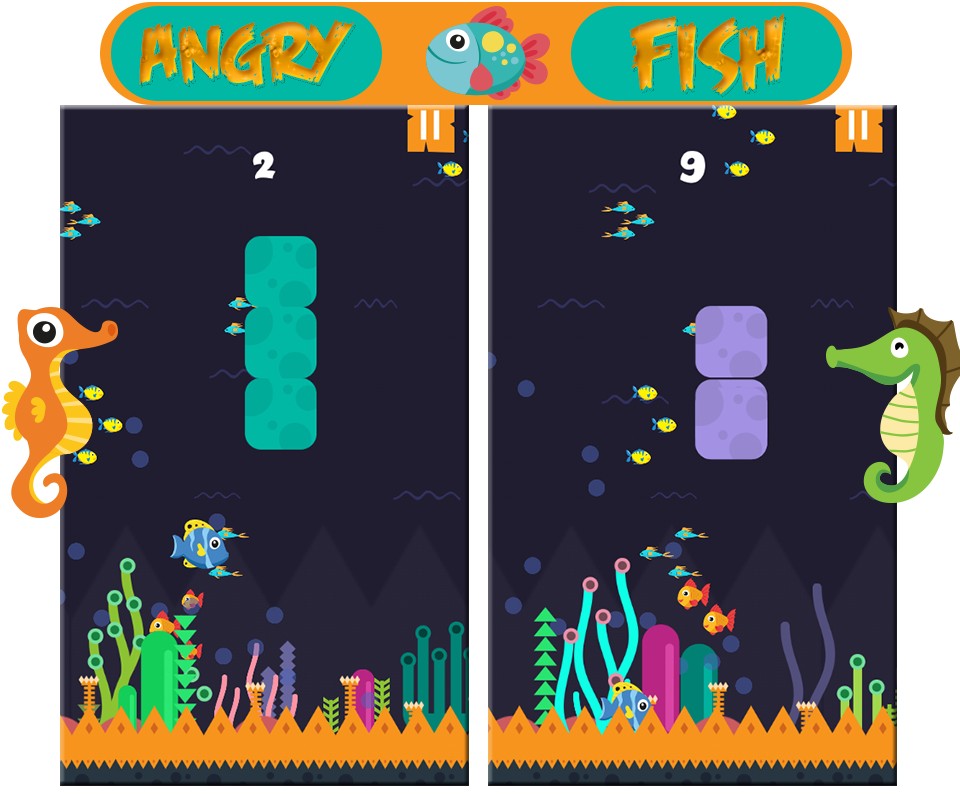Hypotonia in a newborn presents a diagnostic challenge for clinicians. It is an important clinical feature that may indicate an underlying systemic illness or neurological problem at the level of the central or peripheral nervous system.
It is important to know the different presentations of hypotonia and to have the knowledge of the diagnostic work up which requires multidisciplinary assessment and input and the prognostic implications of these disorders. This review article presents a structured approach highlighting initial assessment, examination, and management of a neonate with generalized hypotonia. IntroductionHypotonia in a newborn poses a diagnostic challenge for neonatologists and pediatricians, as it is a clinical sign suggestive of both benign and serious conditions.

The differential diagnosis for neonatal hypotonia is extensive and a methodical approach helps in localizing the problem to a specific region of the nervous system and formulating a differential diagnosis. Most of these neonates need prolonged mechanical ventilation, and diagnosing the underlying cause helps plan the management and inform the parents about the prognosis. This review article presents a structured approach highlighting initial assessment, examination, and management of a neonate with generalized hypotonia. Prenatal, neonatal, and perinatal historyThe list of differential diagnosis of hypotonia in neonates is long, but a good history will narrow the possibilities. A detailed family history may be very helpful: A family history of neuromuscular disease needs to be elicited; a history of repeated abortions may suggest a variety of disorders with prenatal onset, developmental delay (a chromosomal abnormality), delayed motor milestones (a congenital myopathy), and premature death (metabolic or muscle disease).Details of pregnancy, delivery, and postnatal period are important. Prenatal risk factors include parental age, consanguinity, a history of drug or teratogen exposure, maternal diseases (diabetes/epilepsy), reduced fetal movements, polyhydramnios, and breech presentation. History of congenital infections - toxoplasmosis, rubella, cytomegalovirus, herpes simplex, and any history of pre- or post-natal insult increase the likelihood of central nervous system (CNS) dysfunction as the underlying cause of hypotonia.
It is also important to evaluate the mother for muscle weakness and myotonia.Meticulous documentation of any delivery complications, perinatal birth trauma, low Apgar scores, and time of onset of the hypotonia should be done. A detailed history regarding the degree of weakness and its progression should be recorded.An abnormal fetal presentation and a shortened umbilical cord indicate poor fetal movement and may point toward neuromuscular disorder. Neonates who need mechanical ventilation soon after birth have significant muscle weakness. Inborn error of metabolism should be considered in neonates who are born with normal pregnancy and delivery who later on develop hypotonia after a period of normality. Clinical examinationClinical examination is the key in narrowing the differential diagnosis.

The physical examination should include the assessment of relevant clinical signs including a detailed neurologic evaluation and an assessment for dysmorphic features., The presence of congenital malformations in other organ systems and dysmorphic features indicates a possible syndromic diagnosis. Important conditions to rule out are trisomy 21 where hypotonia is associated with short stature, characteristic facies and cardiac anomalies, and Prader–Willi syndrome where hypotonia is associated with characteristic facial features, reduced deep tendon reflexes, feeding difficulties, and hypogonadism.It is important to determine whether the baby has low tone with or without weakness. Tone is defined as resistance of muscle to stretch, therefore babies with hypotonia have decreased resistance on passive stretching. On the other hand, weakness is decreased muscle strength or power. Lack of spontaneous movement in a baby suggests weakness.
Colorado Springs, CO — A “stinky fish challenge” video posted by one Colorado family is the grossest, most hilarious thing you'll watch. Floppy fish // chenle x jisung Fanfiction 'Your face reminds me of a floppy fish lol' 'What the fuck is that' - in which jisung tells chenle what he reminds him of everyday #chenle #chensung #compliment #haechan #jisung #kpop #lee #luwoo #mark #markhyuck #minhyung #nct #park #zhong.
Most hypotonic neonates demonstrate a characteristic frog-legged posture-full abduction and external rotation of the legs as well as a flaccid extension of the arms. Other signs of hypotonia include head lag, slip-through on vertical suspension, and draping on ventral suspension.Weakness can be assessed by the cry, facial expressions, sucking and Moro's reflex, antigravity movements, and respiratory effort. It is important to evaluate the distribution and progression of weakness in differentiating the causes of neonatal hypotonia.Physical examination of parents may also provide useful cues as babies with congenital myotonic dystrophy have severe hypotonia and examining mother may reveal the features of myotonia. Likewise, neonatal myasthenia may be suspected if mother displays fatigability of eyelids on upward gaze and fatigability of arms with sustained forward extension.The major task in the evaluation of a hypotonic neonate is to determine the anatomic level of the pathology; whether it is central or peripheral in origin. The pattern of weakness and muscle involvement may help to localize the involved region in the nervous system.
Clinical Features of Central HypotoniaThese hypotonic neonates show signs of abnormal consciousness, seizures, apneas, abnormal posturing, and feeding difficulties. Muscle power is relatively preserved and axial weakness is a significant clinical feature.
Clinical Features of Peripheral HypotoniaBabies with anterior horn cell disease usually have sparing of extra-ocular muscles while the disorders of neuromuscular junctions may have ptosis and extra-ocular muscle weakness. These infants appear more alert in comparison to those with CNS involvement. There is weakness in the antigravity limb muscles along with diminished or absent reflexes. They can have deformities of bones or joints (arthrogryposis). Fasciculations, often observed in the tongue, are often very difficult to distinguish from normal random tongue movements. Postural reflexes are absent or diminished, and limbs that lack voluntary movement also cannot move reflexively.
InvestigationsAppropriate use of investigations is necessary to establish a specific etiologic diagnosis and should be guided by the history and physical examination. We suggest a systematic approach based on the tests currently utilized in the evaluation of infants with hypotonia. Clinical details and relevant diagnostic tests are discussed in conjunction with specific disorders.Here is a list of investigations for neonates with hypotonia (a schematic approach to the diagnosis of neonatal hypotonia is shown in ). Blood investigationsBlood investigations including full blood count, electrolytes, and inflammatory markers are important to rule out systemic disorders causing hypotonia including sepsis and dyselectrolytemias. Muscle enzymes (creatine kinase CK assay) are helpful in diagnosing muscle disorders such as congenital muscular dystrophies, metabolic myopathies, and some forms of the congenital myopathies.
The blood for CK measurement should be obtained before performing the electromyography or muscle biopsy, as these procedures may cause false elevation of CK levels. The CK and iso-enzyme levels may be increased 10-fold for up to 1 week following normal vaginal delivery (presumably due to muscle trauma). The CK may be even higher in the context of acidosis (e.g., severely asphyxiated newborns). Other biochemical investigations (e.g., serum lactate and carnitine levels) may be required in specific circumstances. Electrophysiological studiesNerve conduction and electromyogram studies are useful in the assessment of disorders affecting the lower motor unit. Electromyography is very helpful in establishing the diagnosis of SMA and disorders of the neuromuscular junction (botulism and congenital forms of myasthenia gravis).Nerve conduction studies are consistent and reliable after 32 weeks of gestation.
Nerve conduction velocities may be very slow or unrecordable in congenital peripheral neuropathies. Nerve conduction studies and electromyography are also useful in diagnosing hereditary motor sensory neuropathies and in differentiating axonal disorders from demyelinating conditions., Slow nerve conduction velocity and conduction block favor peripheral nerve involvement. What is the Management of this Clinical Presentation?Hypotonia is an important clinical presentation at birth or in the first few days of life. A specific diagnosis can help tailor the management and explain the prognosis to parents.It is very important to continue supportive care with regards to feeding and respiration. Most of these hypotonic neonates need prolonged mechanical ventilation. Regular physiotherapy is needed to aid the clearance of respiratory secretions and will prevent limb contractures.
7.6 as a cascaded system consisting of a dead-zone block and a linear transfer function G ( s ) = K M s 2 + B s, where K = A k x k p, B = f + A 2 k p, k x = ∂ g ∂ x, k p = ∂ g ∂ P, g = g ( x, P ) = flow, A = area of piston, P = pressure, and f = viscous friction 11. Servo valve.
It is vital to aggressively treat any respiratory infections. Feeding should be initiated by nasogastric tube and gastrostomy may be needed for few babies. Weight should be closely monitored as excessive weight gain can worsen existing muscle weakness.Children with neuromuscular disorders need attention if they require anesthesia. Muscle relaxants should only be used if necessary as they have a more prolonged effect in these children.
They are also susceptible to malignant hyperthermia and implicating agents should be avoided.It is important to ensure multidisciplinary follow-up for neonates with neuromuscular disorders. Follow-up should be arranged with neurologist and respiratory team, and an appointment with the geneticist for genetic counseling should be offered.If there are symptoms and signs of severe neuromuscular involvement at birth (with respiratory insufficiency, lack of swallowing, cough, and tendon reflexes), the prognosis is very poor. Such a presentation should lead to timely ethical discussions as well as parental counseling and to the consideration of early extubation. In babies with hypotonia who survive the neonatal period, it is important to have detailed discussions sensitively with parents regarding the appropriateness of cardiopulmonary resuscitation in the event of cardiac arrest or acute respiratory failure. ConclusionThe list of differential diagnoses for floppiness in the neonatal age group is extensive. However, most of these neonates have distinctive features in their family history, history at presentation, and their physical examination that can help differentiate them into central and peripheral disorders, and sometimes can lead to specific diagnoses within these groups.
As there are frequent implications for future pregnancies, and specific treatments are available in a few disorders, we should strive for an accurate diagnosis in these neonates.